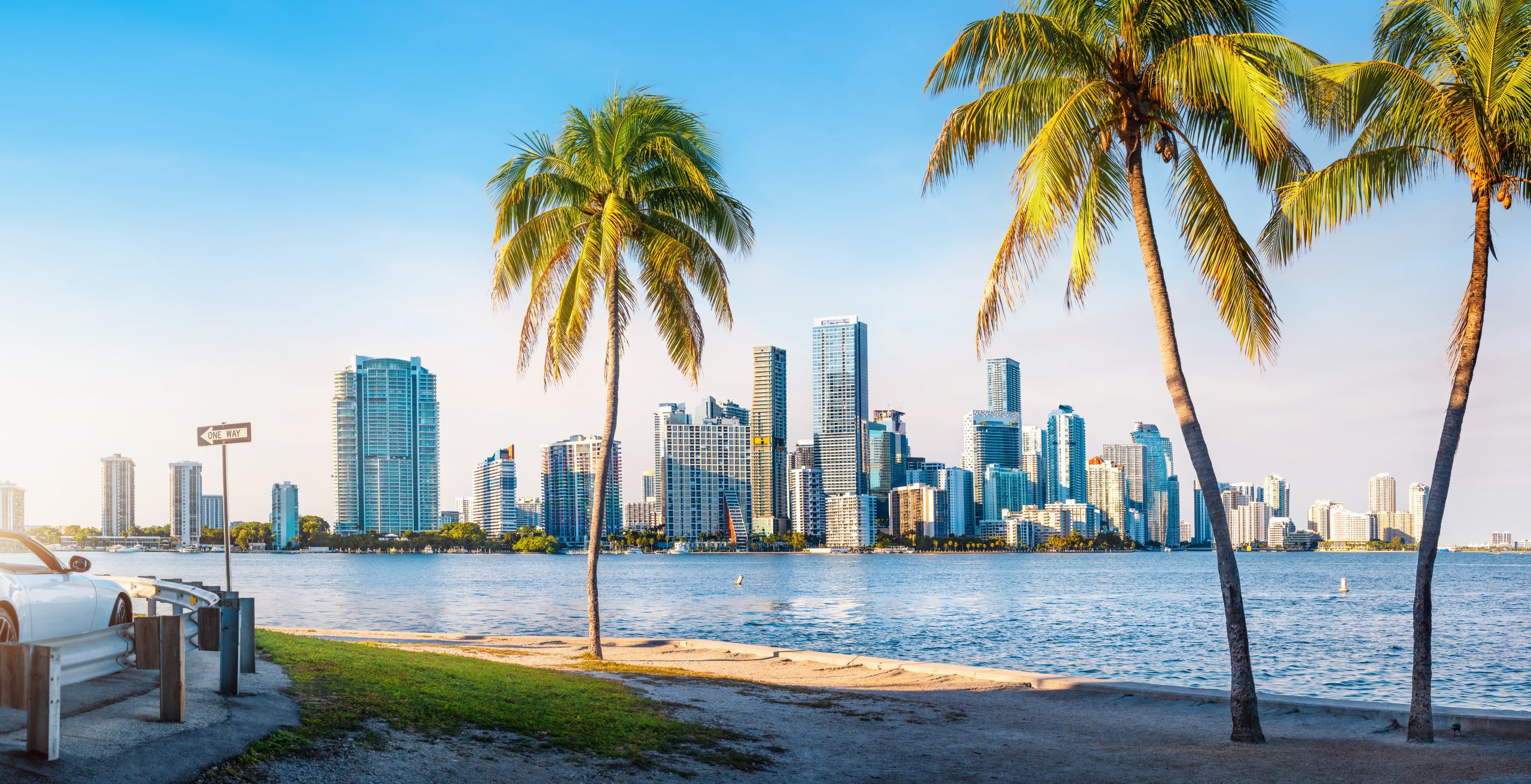Möet: Diversity is key in rosé Champagne production
Benoît Gouez, cellar master of Moët & Chandon, has revealed that making red base wines from different grapes and contrasting winemaking techniques is key to sustainable rosé Champagne production.
Benoît Gouez
In what he described as a “world premiere tasting”, Gouez talked attendees through different styles of base red wine used in the production of Möet’s four rosé sparklers: the Möet Impérial, Nectar Impérial, Ice Impérial and vintage.
The first record of rosé making at Möet dates to 1801, when Napoléon Bonaparte placed an order for a pink fizz – or ‘rozé’ as it was called then – made using grapes from 1796.
Möet made its first Impérial, named in honour of the French statesmen, in 1869, but did not produce a rosé version until 1996.
For many years rosé Champagne played a minor role in the Möet portfolio. However, thanks to steady investment in both vineyards and wineries (there are now two dedicated to rosé), pink fizz represents 20% of total production, up from just 2% 20 years ago.
Over the same period in Champagne as a whole, the proportion of rosé made has increased from 2% to 10%.
Technique
This is not the only change made over the years. Möet uses both Pinot Noir and Meunier to make red still wine, only a small proportion of which is made solely for vintage wines.
Two main styles are made – though there are clear differences between the two grape varieties.
Möet is the only Champagne house to employ thermovinification in the production of its red wines. Möet heats the grapes to 70°C, a process which degrades the proteins and causes the grape skins to burst.
The technique was initially developed in the 1970s as a way to make red wine when the conditions were not viable, and the grapes were diseased. The heat denatures the proteins involved in the creation of botrytis, removing off-taints from the wine.
Having stopped using the technique in the 1990s, Möet began again in the 21st century. Gouez said that when used in a “positive and premium way”, the technique creates a fruity wine with light tannins and thiol precursors capable of creating aromatic thiols such as 3-Mercaptohexan-1-ol (3MH), often associated with Sauvignon Blanc, which lends the wine a distinct rhubarb character.
“We want very light wines – the rosé Impérial is meant to have an apéritif-like character,” Gouez said. “We only use clean grapes in the production of our red wines. If the grapes have botrytis, we don’t make red wine from them, so thermovinification’s other properties make no difference to us.”
“We ferment the wine at 18 degrees, like a white. The Meunier, which we source from the Vallée de la Marne, tends to have a more vegetal character, whereas the Pinot Noir (from Aube) has more fruit and a lactic character. The varieties have different characteristics, but they both have these exotic and aromatic notes.”
Möet aims to use these wines within two years.
The house also makes red wine using traditional maceration techniques. These wines are kept for longer, as they have more structure and colour stability. They form part of Möet’s reserve stocks.
Partner Content
Möet harvests at lower yields than it does to produce its white base wines, picking a maximum of 8 tonnes per hectare for Meunier and 10 tonnes for Pinot Noir. This is in comparison to between 10-12 tonnes per hectare for its whites.
Reserve stocks
Gouez, said: “It’s even more important for us to have reserves of our red wine as we’re not sure we’re going to make it each year. We didn’t make red wine in 2017, whereas we always make our white.”
“We aim to have a year and a half worth of wine in reserve in advance.”
He added that the house had increased the volume of wine it keeps in reserve. 20 years ago this was around 15-20%, whereas now it is between 30% and 45%.
Dosage
Dosage has also changed over the years. Möet’s target dosage for its rosé Impérial is 7g/l.
“The idea is you don’t need any more than this,” Gouez said. “When I started [in 1998] it was between 13-14g/l. Later it was suggested that we move to 11g/l. I said if you think this works, then do it. We’ve now had two years at 7g/l. Since 2003 the vintage rosé has had a 5g/l dosage, but in 1998 it was 11g/l.
“A lower dosage doesn’t mean a better Champagne, it’s all about the maturation, balance, harmony and integration.
“You’ve got to remember that dosage doesn’t just contribute sweetness, it also helps with ageing potential. The sugar helps the wine to recover from the trauma of oxygenation post-disgorgement.”
Gouez said that he remains “unconvinced” about the ageing ability of a Champagne with a dosage below 5g/l, stating that a zero dosage fizz was not on the cards.
“When you reduce the sugar, often you have to add more sulphur for stability. I prefer sugar to sulphites!”
Read more:




